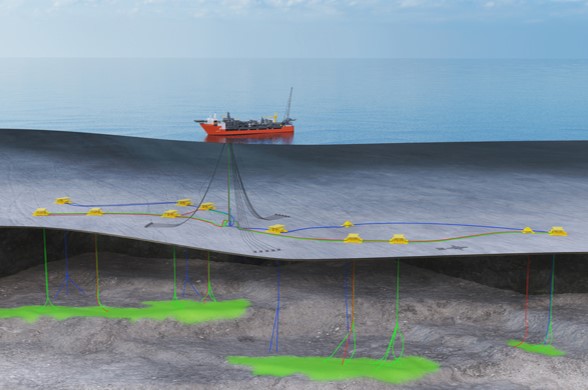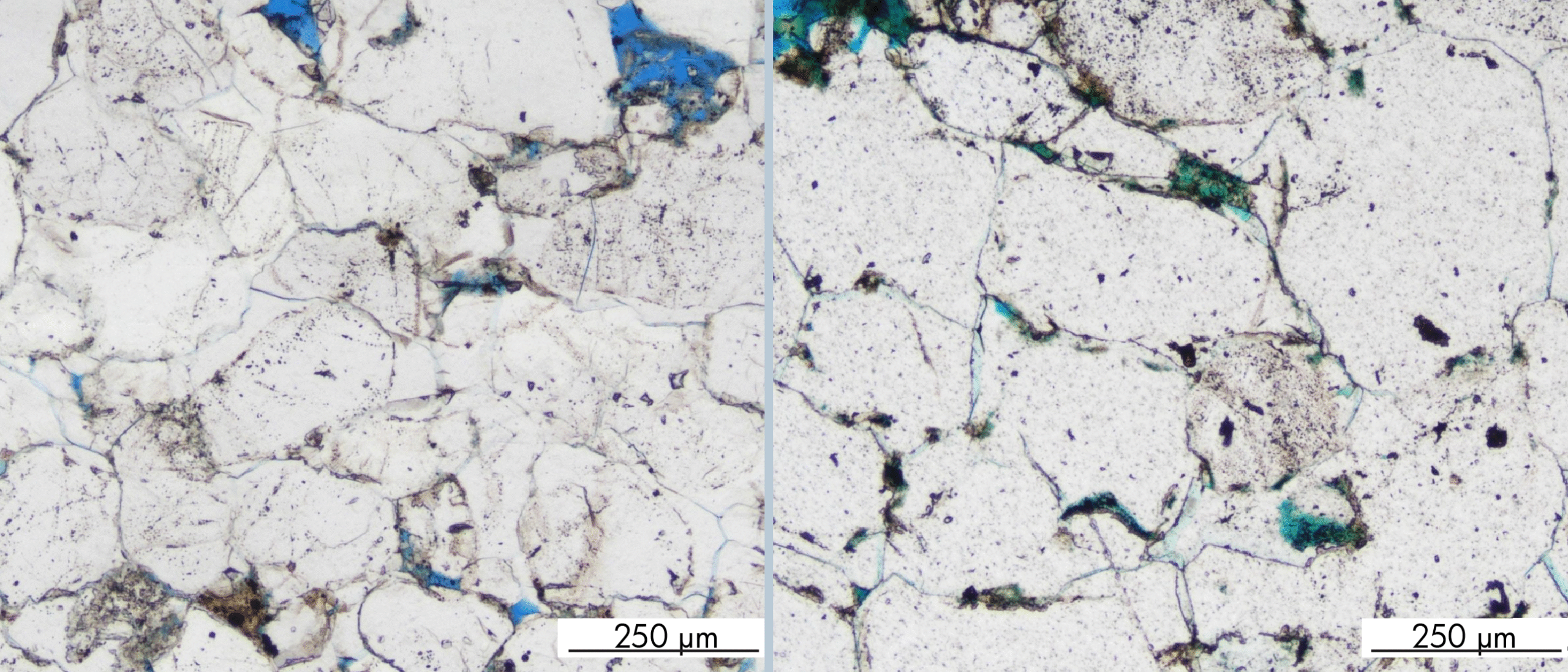“The reason why we look mostly around existing infrastructure is that this type of exploration often has a high return and a good balance price. They are robust against fluctuations in the market, and are quickly repaid,” said Jez Averty, subsurface director at Equinor, to Norwegian media outlet Aftenbladet/E24.
“The remaining 20% of the exploration budget will be spent to develop new opportunities where Equinor does not have infrastructure,” Avert added.

Strategic change
Previously, Equinor was oriented very much towards growth. Now, value creation is at the centre of the company’s strategy.
“When we found Johan Castberg and Johan Sverdrup, it was exploration that was in the driver’s seat for all companies like Equinor,” says Averty. “That situation has now changed enormously, and the company has gone from growth and volume, to maximizing value creation,” he explains.
As part of this strategic reorganisation, the Norwegian continental shelf will be transformed from an oil and gas province to a zero-emission energy province. In that regard, the company will invest NOK 400 billion in renewable energy and low-carbon solutions in the period up to 2030.
During the NCS Exploration Strategy Conference, 17-18 November in Stavanger, Jez Averty will talk about Equinor’s exploration strategy in more detail.
The money will come from oil and gas
“This money must come from somewhere. Therefore, we must maximise value creation from the fields on the Norwegian shelf, and exploration of existing infrastructure has a very important role to play. This is what we will place the most emphasis on,” says Averty.
In order to afford the renewable investments, the oil and gas giant therefore intends to continue exploration on the Norwegian shelf.
“Exploration and production of oil and gas will deliver approximately five billion dollars in net cash flow each year for the next few years. If we stop exploring, value creation goes down, and the ability to restructure also goes down,” said Averty to Aftenbladet/E24. He makes no secret of the fact that cost efficiency is a significant argument.
“There is definitely a cash flow element in this type of exploration. Another very important point is that emissions associated with production close to existing infrastructure are much lower. We and the society have already invested in infrastructure on the shelf, and it has a limited lifespan. We have a responsibility to maximize its value,” says Averty.
Opportunities in Lofoten and Vesterålen
One of the areas that Equinor cannot expect a significant return from in the time ahead is the Barents Sea.
“We did not succeed with our exploration campaigns in the Barents Sea southeast. We did not find the oil resources we had hoped for,” says Averty.
Nevertheless, the company has not completely given up on the Barents Sea.
“The potential is in the western part of the Barents Sea. Examples of this are Johan Castberg. We treat the western part of the Barents Sea in the same way as the Norwegian Sea and the North Sea. Time will tell what potential this is,” Averty says.
Other areas Equinor will not give up on are Lofoten and Vesterålen. The company is ready to move in if the opportunity arises.
“Equinor and the industry believe there are good opportunities there. But the area is not currently open, therefore we do not work actively on it, emphasises Averty.





